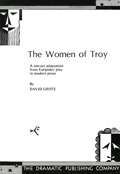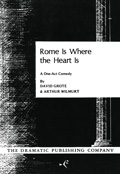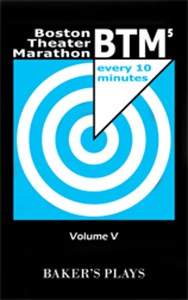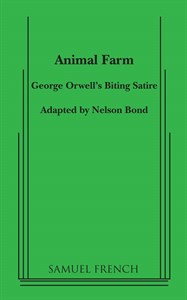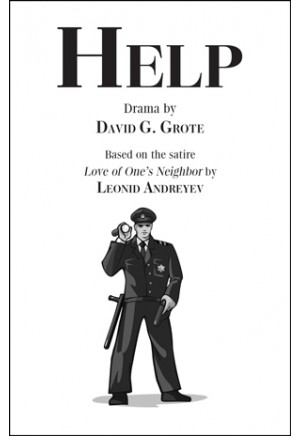
Help
- One Act, Satire/Political Satire
- 14M or F
- ISBN: HD5
From the top of an unseen tower we hear a faint cry for help. Is the person about to jump—or fall?
Description
- One Act
- Satire/Political Satire
- 25 minutes
- Target Audience: Teen (Age 14 - 18), Adult
- Performance Group:
- High School/Secondary, College Theatre / Student
The characters are all broad stereotypes which should be recognizable to the actors and audiences. The performers should be encouraged to play the roles broadly and vividly. When used in class, a valuable assignment is to have each student develop the costume and props for the characters themselves. Once the characters have been clearly established, the players should be encouraged to embroider on the business indicated in the script. Most of the people are on stage for most of the play and consequently have to develop a great deal of character business and mime to occupy themselves when they don't have lines but are still a part of the background action. The crowd may be as large as you have bodies to fill the stage. Vendors of various kinds are possible, and other tourists would certainly fit in. If you add vendors, feel free to let them interrupt action with cries and sales pitches. One of the points of the play should be that no one really much cares about what any of the others are doing, so random shouts, if in character, will not cause a problem. Each actor should be encouraged to develop his or her own characterization and to have fun with it; the roles can safely be exaggerated, since none of the people in the play are very nice when you get down to it. That's one of the things that make Help an important play.
Help was written with enough flexibility to be used by groups of many different sizes. Since there is a real shortage of good one-act plays in the 20 to 25 parts range, it was intended to accommodate a cast of 24 or more. However, since Help is also a strong contest play, the cast size may easily be pared down to 15 or less (with a minimum of three men) by following suggestions in the appendix, which also offers an alternative for the drunk scene for groups and situations where it is not acceptable.
Characters
- Casting: 14M or F
- Casting Attributes: Flexible casting
Available Material
| Name | Price |
|---|---|
|
Help Script
Order Now
From the top of an unseen tower we hear a faint cry for help. Is the person about to jump—or fall? A crowd gathers, TV camera crews arrive, policemen cordon off the crowd and vendors sell refreshments as the scene takes on the air of a festival. It's a stinging look at the heartlessness of our gawking society, suggested by a biting satire, Love of One's Neighbor, by Leonid Andreyev. |
$19.95 |
